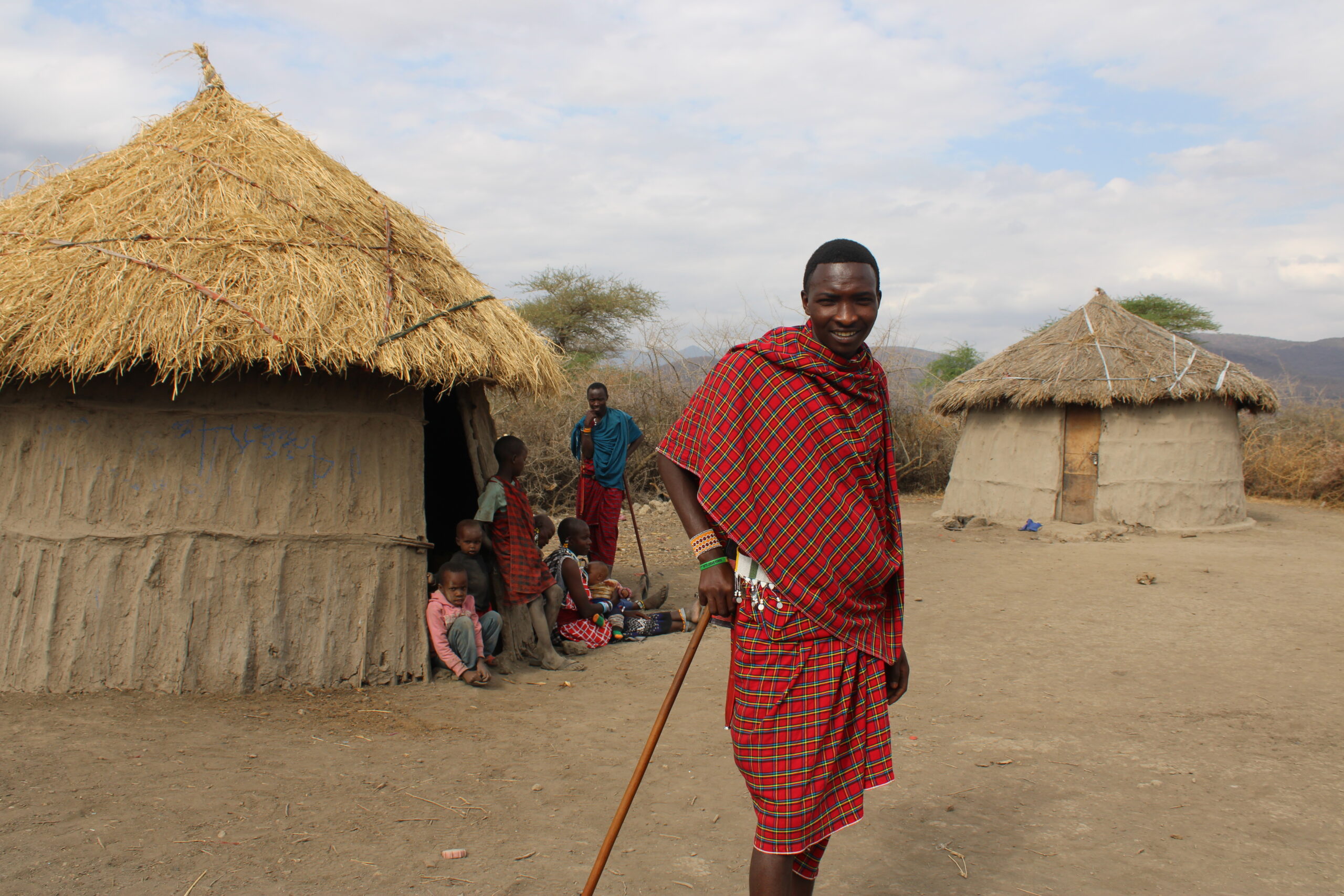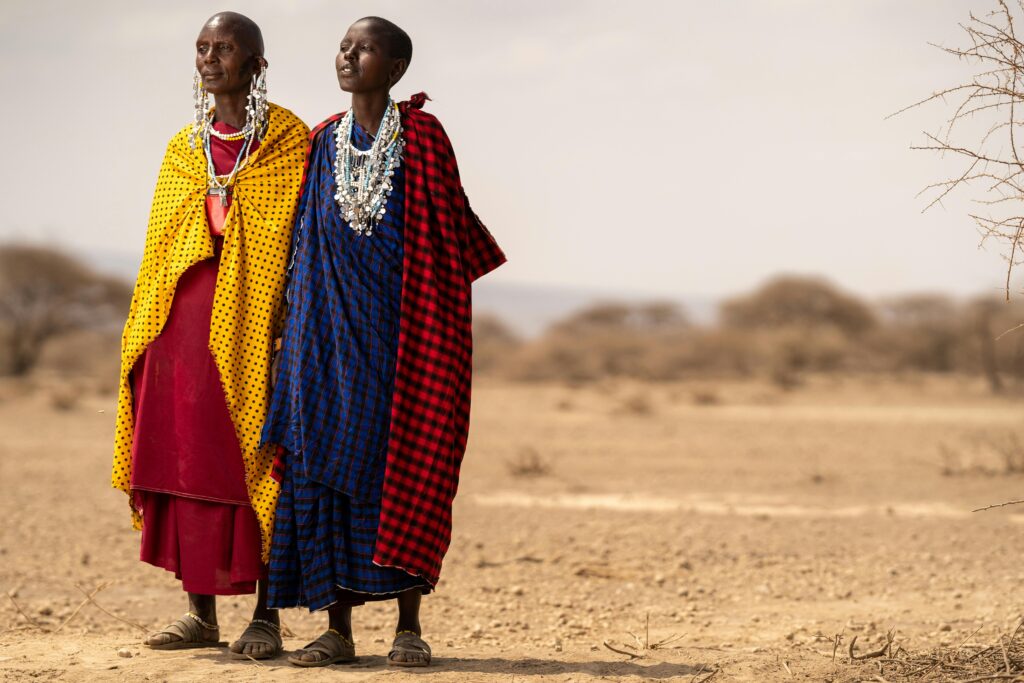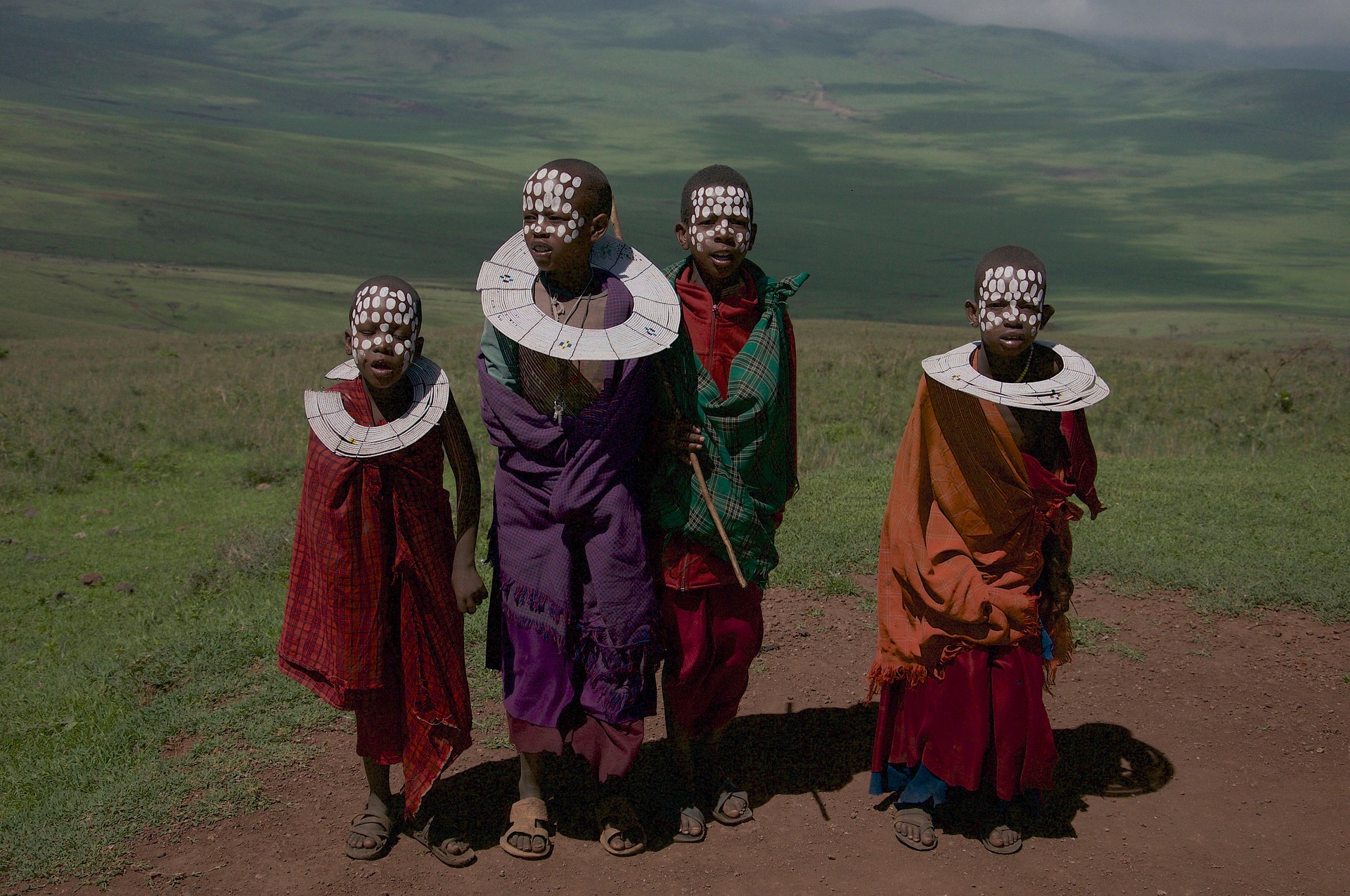
Traveling through Tanzania is an unforgettable experience. While many visitors are drawn to its wildlife and national parks, others seek a deeper connection through cultural exchange. Visiting a Maasai boma a traditional homestead offers a rare chance to witness a living culture. However, with this opportunity comes responsibility. Respecting the traditions and values of the Maasai people is essential for a meaningful and ethical experience.
A Maasai boma is a small, enclosed village made of mud huts arranged in a circle. These huts, built by women, represent the strength and creativity of Maasai families. Bomas are not tourist exhibits; they are real homes where people live, raise children, and maintain centuries-old traditions. Understanding this context is key before stepping into such a space. Unlike museums, these visits are not scripted. They are an invitation to observe and learn from real life.
Before you enter a Maasai boma, it’s helpful to know what behavior is expected. First, always ask before taking photographs. While many Maasai are open to it, consent should never be assumed. Second, dress modestly, especially if you’re visiting rural communities. This shows respect and helps you blend in better. Third, avoid pointing at people or objects with your finger. It is considered impolite in many East African cultures.
Greet elders with a slight bow or handshake using your right hand. If you are offered food or milk, it is courteous to accept, even if just a small amount. These moments, though simple, create genuine bonds. Swahili Cultural Trails offers guided visits that help bridge cultural gaps and ensure both sides feel valued.
During your visit, you might observe daily life activities such as fire making, beading, and cattle herding. You may also be invited to join in traditional dances or listen to stories passed down orally. This is not a performance for tourists it is a shared moment. Keep your phone use to a minimum. Instead, engage with the people, listen, and ask respectful questions.
Many Maasai speak basic Swahili, and some speak English. Learning a few Swahili greetings, such as shikamoo (greeting to an elder) or asante (thank you), will help you connect on a deeper level. It shows effort and respect.
While money is not the main focus of a cultural visit, supporting the community matters. If you buy crafts or jewelry, do so directly from the women who made them. This empowers local artisans and keeps economic benefits within the boma.
You can also support community projects organized by Swahili Cultural Trails, such as clean water initiatives or education support. Visit our Initiatives page to learn more about how your travel choices can make a lasting difference.
Visiting a Maasai boma is a journey into a living culture not a staged attraction. When you approach with respect, humility, and curiosity, you open yourself to a transformative experience. In return, you help protect and celebrate one of Tanzania’s most iconic traditions.
So before your next trip, remember: cultural connection is not about observation alone. It’s about participation, understanding, and mutual respect. And that is what turns a visit into a memory worth keeping.


Join our growing community of culture lovers and ethical travelers. Get updates, discounts, and more.
Swahili Cultural Trails
Copyright © 2025. All rights reserved